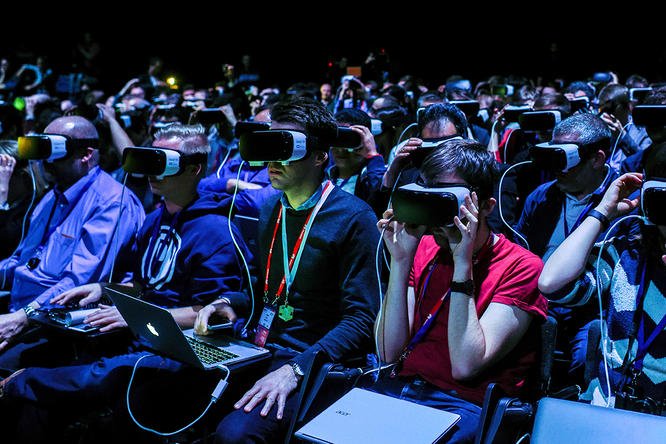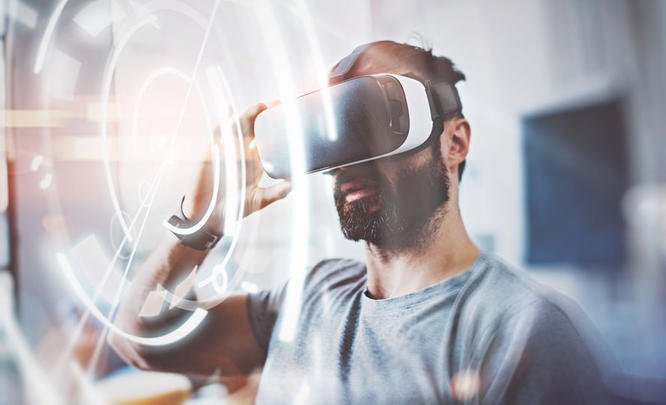Is VR the “Next Big Thing” in the Meetings and Events Industry?

In recent years, virtual reality (VR) has been in the news, and for all the right reasons. It’s fresh, exciting, and delivers an immersive experience that’s wowing user all across the globe.
But tech-savvy folks will know that VR isn’t a new invention. In fact, developers have been trying to get VR to mainstream consumption for over two decades now – and for the most part, haven’t succeeded.
So what’s the deal with VR? Is it really a game-changer for the meetings and events industry, or another fad that will disappear with time? Let’s have a look.
The Pros
An unparalleled experience: VR lives up to its “virtual reality” name by delivering an experience that’s fairly comparable with being at the live event/meeting. And with 3D positional audio a reality today, attendees attending VR events will hear the sounds and music from your event just as well as live audiences.
Unmatched convenience: While some people love the thrill of being at a live event, there are others who skip the live show because of the inconvenience, crowds, travel, or because they may have to take breaks to get work done (and may feel embarrassed having to constantly step out of a live event or meeting).
Price and profit potential: As an event planner, a VR event is unrestricted by seating space. This means you can potentially transform your 1,000-seat event, into one that has 10,000 participants. What this means for your audiences, is that ticket prices could be lowered - while you earn even bigger profits than before.
Highly interactive: Because VR attendees will be participating via an electronic device with an internet connection (preferably a PC), they will be able to interact with your presenters, event staff, and other participants. They can even take part in polls, quizzes, and contests.
The Cons
Eye fatigue: When using a VR device, users are staring at a screen that’s just a few inches from their eyes. Over prolonged periods, this leads to eye fatigue – which means that attendees will need to take frequent breaks. (Something you should plan into your VR meetings, if you’re organising one.)
Nausea: A percentage of people may suffer from motion sickness when using VR. To minimise the chances of this happening, try to let users stay in one place (instead of having them walk or zip around the event space too often). And when you’d like to give them a different seat for a better view of the stage or activities, do so with slow, smooth transitions.
The technology is still in development: Despite the Oculus Rift, HTC Vive, and PlayStation VR being big names in consumer VR, the reality is that the technology is still being improved on – and the market is still waiting for a VR giant to be crowned as the “overall winner” (which usually helps technology and markets to progress quickly in one set direction).
Conclusion
So, is VR the next big thing in the meetings and events industry? It’s a little early to say, but things are looking up.
The potential is certainly there, and one hugely successful VR event could be all it takes to drive the next wave of events to take place in virtual spaces.


